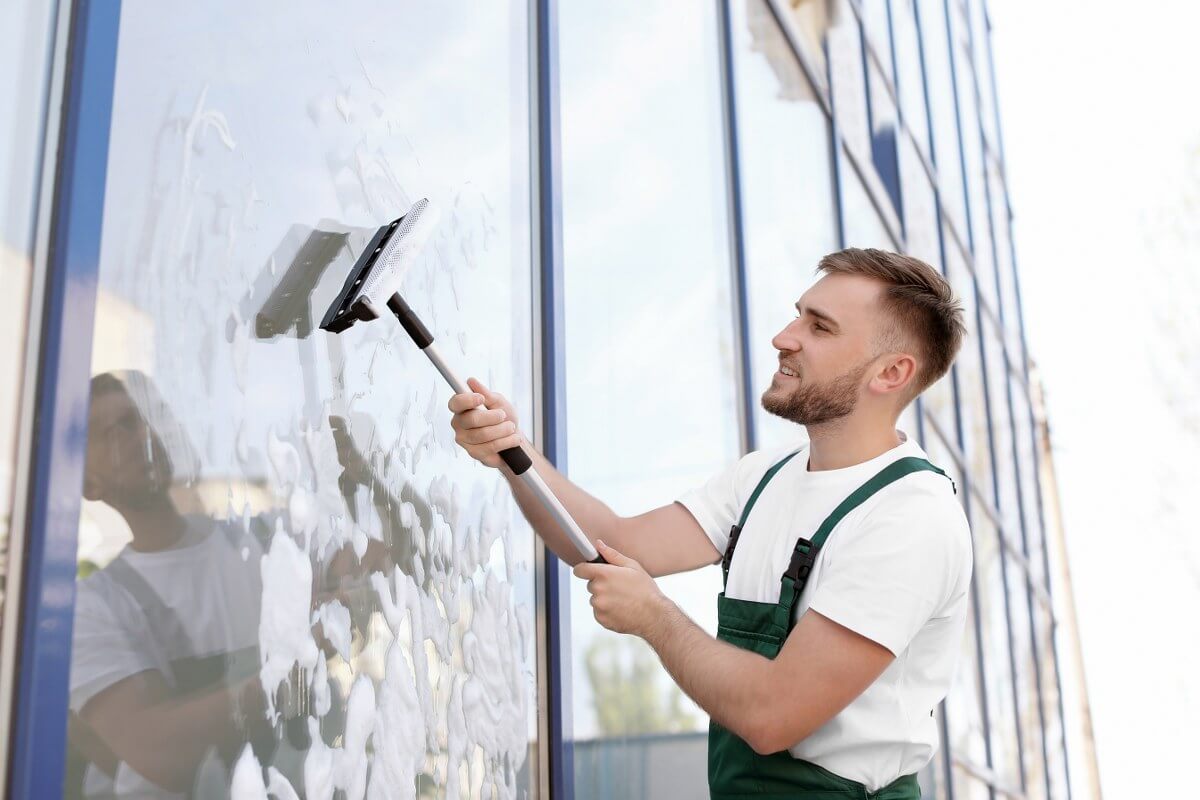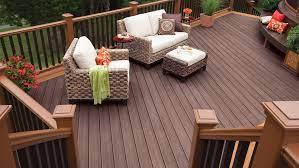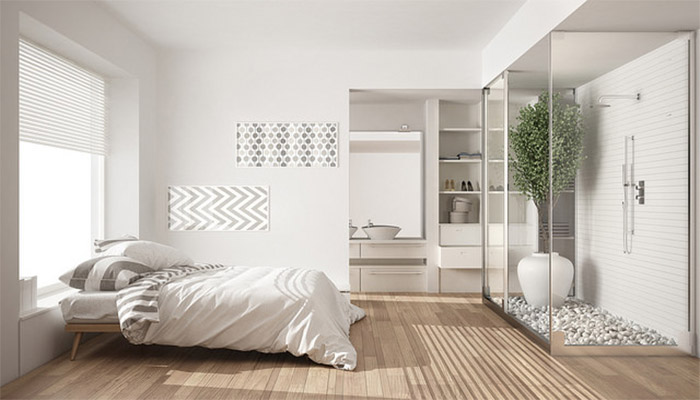Even though it looks like it at first sight, water is not the same everywhere. In some places, it’s soft, and you can’t wash off the soap for a long time, and in some areas, it’s so hard that it leaves stains on glass surfaces during cleaning. And once those stains dry, the cleaning will be the most unpleasant action you’ll have to perform. In fact, hard water stains are nothing special – just some calcium deposits or limescale. But this doesn’t mean they look nice on our windows, and we should let them stay there.
True, at first, they will be almost unnoticeable, but with time the build-up will be bigger and bigger, and at some point, you’ll start noticing a thick white glaze on the surface. And if you act slowly, removing them without damaging the window glass can turn tricky because the sun will bake them and make them permanent. So, to remove the hard water stains from your windows, you’ll need to act quickly and precisely. Here are a few tips which should help you fulfil this project.
Prepare the window cleaning solution
In this case, the only cleaning products you’ll need are vinegar and distilled water. It’s important to use the distilled version
Mix one cup of vinegar and one cup of distilled water in a spray bottle. It’s best if the water is warm because this will help remove the build-up more quickly.
For harder to remove stains, you can also add a few drops of rubbing alcohol. It will dilute any buildup and help you remove it from the glass without causing scratches. Some other homemade window cleaner recipes include lemon juice. If you decide to go this way, remember to rinse the window with plain water afterwards. It’s not recommended for lemon juice to stay on the window surface for too long. The acid in the citrus can be destructive.
Soak a towel in the window cleaner
Many people use old newspapers to clean windows, but the ink can dissolve from the solution and leave unpleasant marks on the glass. This is why we prefer to use a microfibre towel. The benefits are that you can use it more than once, and you won’t have to worry about small pieces of paper sticking to the window. Make sure the towel doesn’t leave any lint behind. Other obvious tool choices include a sponge for applying the solution, a squeegee to wipe the windows clean, and a microfibre cloth to dry the corners of the window. A great drying tool kept a secret by window cleaners is old T-shirts. They are highly absorbent and will take in any moisture before it gets the chance to leave marks.
Apply the solution to the window
Next, you’ll have to spray the solution on the window and press the towel or the sponge directly onto the hard water spots you want to remove. For the vinegar to start working, you will need to leave the solution on the surface for at least a few minutes. Some people, dedicated to achieving good cleaning results, leave the solution to soak for half an hour or so. The acidity of the vinegar will soften the calcium deposits, making them a lot easier to clean. All it needs is some time to work, and then you won’t have to spend time scrubbing, wiping and swearing. You can also try to drape the towel over the window because it will hang and won’t fall on the ground. This way, you can leave the vinegar on the window surface for as much as you need, and you won’t have to be there to hold the towel.
Wipe off the stains
Once the solution has had the time to work and dissolve the hard water stains, it’s time to remove the leftover dirt. To do that, just press the towel and wipe the window until all the spots disappear. If the stains have been there for a long time, you may have to repeat the entire process several times until you get the desired results.For very old and stubborn stains, add a small amount of rubbing alcohol to the solution and apply to the window. After the stains are gone, rinse the window with plain water and use the squeegee to get flawless results.
Dry the window
Last but not least important, you’ll need to dry the window once you’re done cleaning it. If you don’t, you risk seeing new hard water stains the next time you look at the windows.Get a clean microfibre cloth and wipe all the corners and edges. This should be more than enough to take care of the remaining water.
If you’d like to ensure your windows stay clean for longer and don’t get unpleasant hard water stains, consider applying a product called Rain-X once you’re done cleaning. It’s usually applied to car windows and makes rain water fall right off without leaving marks. You can also use it on house windows to ensure they last clean for months. It’s a very cheap and effective way to ensure dirt doesn’t stick to your glass surfaces.
Conclusion
Hard water spots on your windows can be a real pain, especially when you want to use the natural light from the sun to improve the interior of your home. It’s important to know how to clean your windows properly whether you want to remove these hard water spots or want to ensure that they don’t appear in the first place. Fortunately, there are many tricks of the trade you can use to remove difficult water stains out of your windows, and make them shine from cleanliness for longer.
 Lifeyet News Lifeyet News
Lifeyet News Lifeyet News





